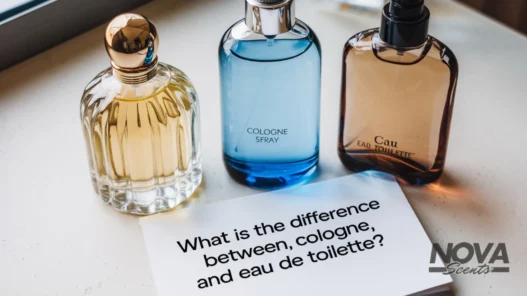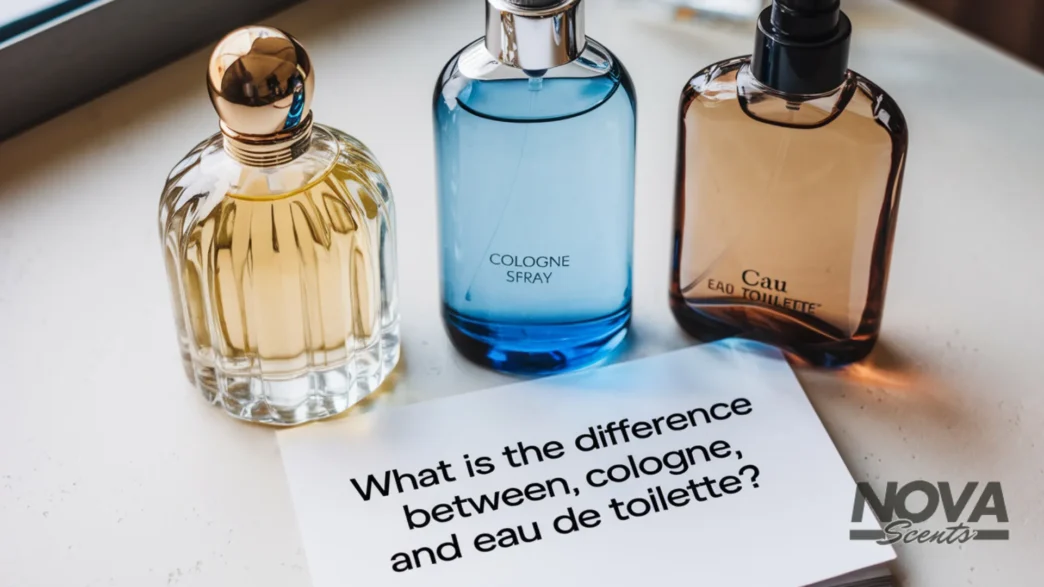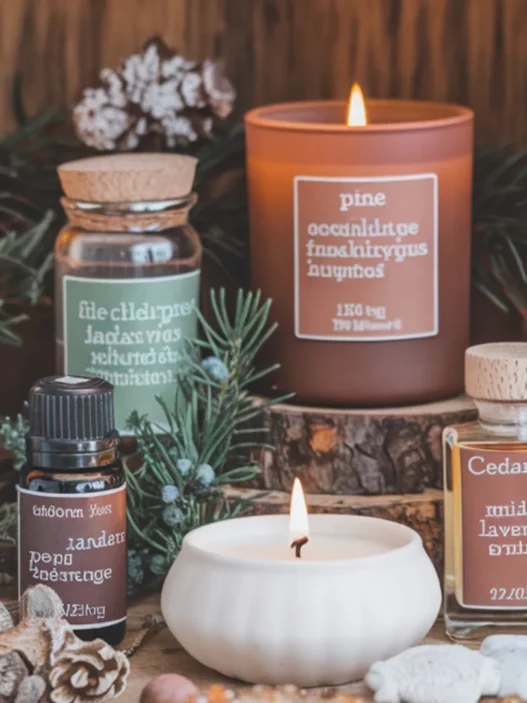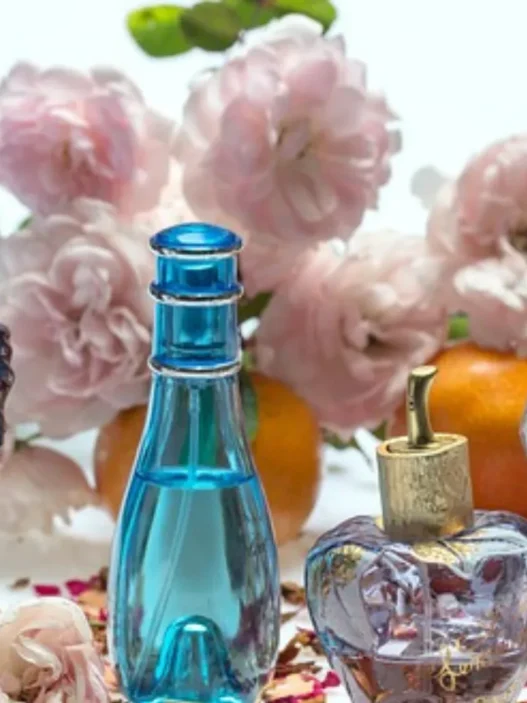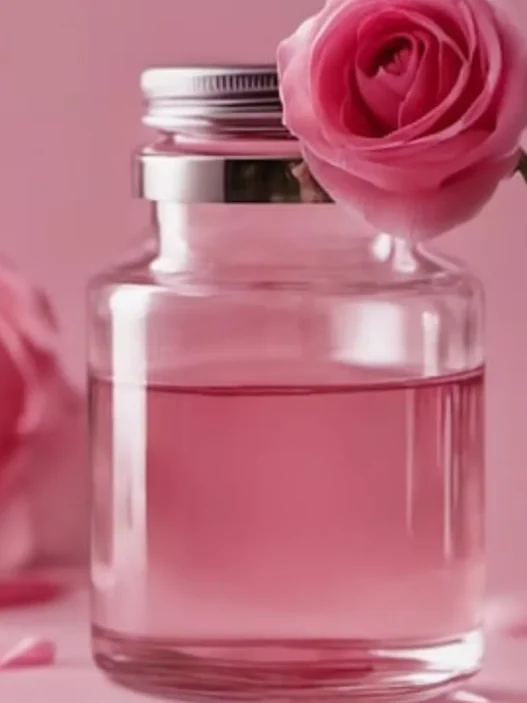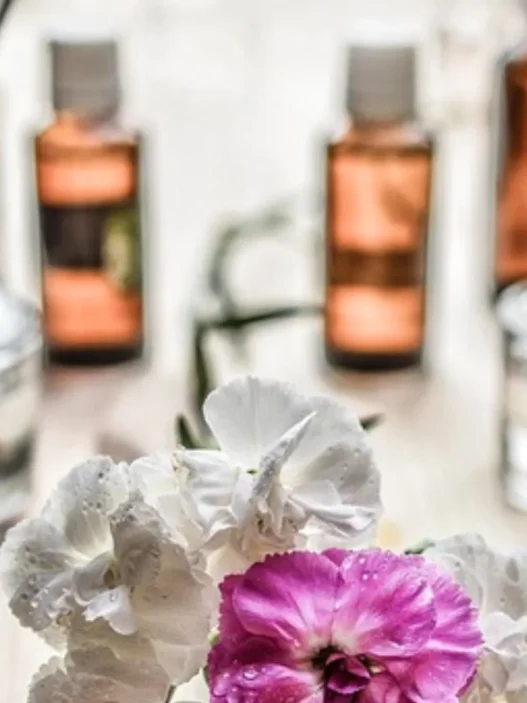The differences between these different perfumery forms, like cologne and Eau de parfum, pose a common question for anybody exploring the world of fragrances. The combination of a brief scent from aftershave ended your grooming routine. Modern fragrance terminology has evolved beyond simple terms. Each description reflects the number of perfume oils in products like parfum eau de toilette and eau de cologne.
You must understand the distinctions between scent types to choose the proper fragrance. This breakdown outlines how to select the best fragrance that matches your preferences.
The Basics: Concentration is Key
Fragrance types differ based on the percentage of perfume oil they contain. Stronger scents from high concentration levels endure longer while being more expensive to buy.
Parfum (Pure Perfume)
- Concentration: 20–30%
- Longevity: 7+ hours
- Pros: Its strong, powerful aroma lasts a long time, yet it requires only a few sprays to achieve it.
- Cons: Expensive and limited in variety.
- Example: Bleu de Chanel Parfum
Eau de Parfum (EDP)
- Concentration: 15–20%
- Longevity: 5–7 hours
- Pros: Strong and long-lasting; increasingly popular for men.
- Cons: The higher concentration of these scents makes them costlier than eau de toilette. They produce variations in fragrance compared to their less concentrated counterparts.
- Example: Tom Ford Noir EDP
Eau de Toilette (EDT)
- Concentration: 5–15%
- Longevity: 2–6 hours
- Pros: Affordable; widely available.
- Cons: Less longevity than EDP or parfum.
- Example: Dior Sauvage EDT
Eau de Cologne (Cologne)
- Concentration: 2–4%
- Longevity: 2–3 hours
- Pros: A delicate spray for immediate revitalizing hydration, which is reasonably priced.
- Cons: Weak scent; limited variety.
- Example: Jo Malone Oud & Bergamot Cologne
Eau Fraîche
- Concentration: 1–3%
- Longevity: 1–2 hours
- Pros: Light and refreshing; great for hot weather.
- Cons: Rare; extremely short-lived scent.
Common Myths Debunked
Perfume is for women, and aftershave is for men
The level of perfume intensity relates to neither male nor female identity. Depending on manufacturer specifications, the chosen odor concentrations for male perfumes encompass EDT, cologne, and parfum.
EDP is just a stronger EDT
The formula changes when brands develop EDP versions, meaning the scent profile may show minor or substantial variations between variants. Always test before buying.
More sprays equal better performance
Applying scent too often with a scent applicator feature leads to intense scent dominance. Sometimes, increasing the concentration produces a more effective outcome.
Choosing the Right Fragrance for the Occasion
- Daily Wear: Select an EDT or light EDP for work days and relaxed social gatherings. Wild scents and woodlike aromas make excellent choices for fragrance selection.
- Evening Events: Choose Parfum or more potent EDP products for longevity at nightlong fragrance.
- Quick Refresh: Cologne is a compact perfume alternative for brief events and portable activities.
- Summer Days: Eau Fraîche delivers fresh citrus notes about the body, maintaining its vivacity without creating heavy scents.
Final Verdict
Knowing how parfum stands apart from EDP and EDT alongside cologne determines your successful fragrance. Eau de toilette is the preferred option among fragrance consumers because it offers reasonable costs, powerful scent duration, and broad product variety.
When you need to select a new fragrance, you will be able to identify key factors that will result in confident purchase decisions that will meet your life and financial preferences.
Lucas Adams is a fragrance connoisseur who delves into the world of scents, offering reviews, recommendations, and insights into the art of perfumery.








